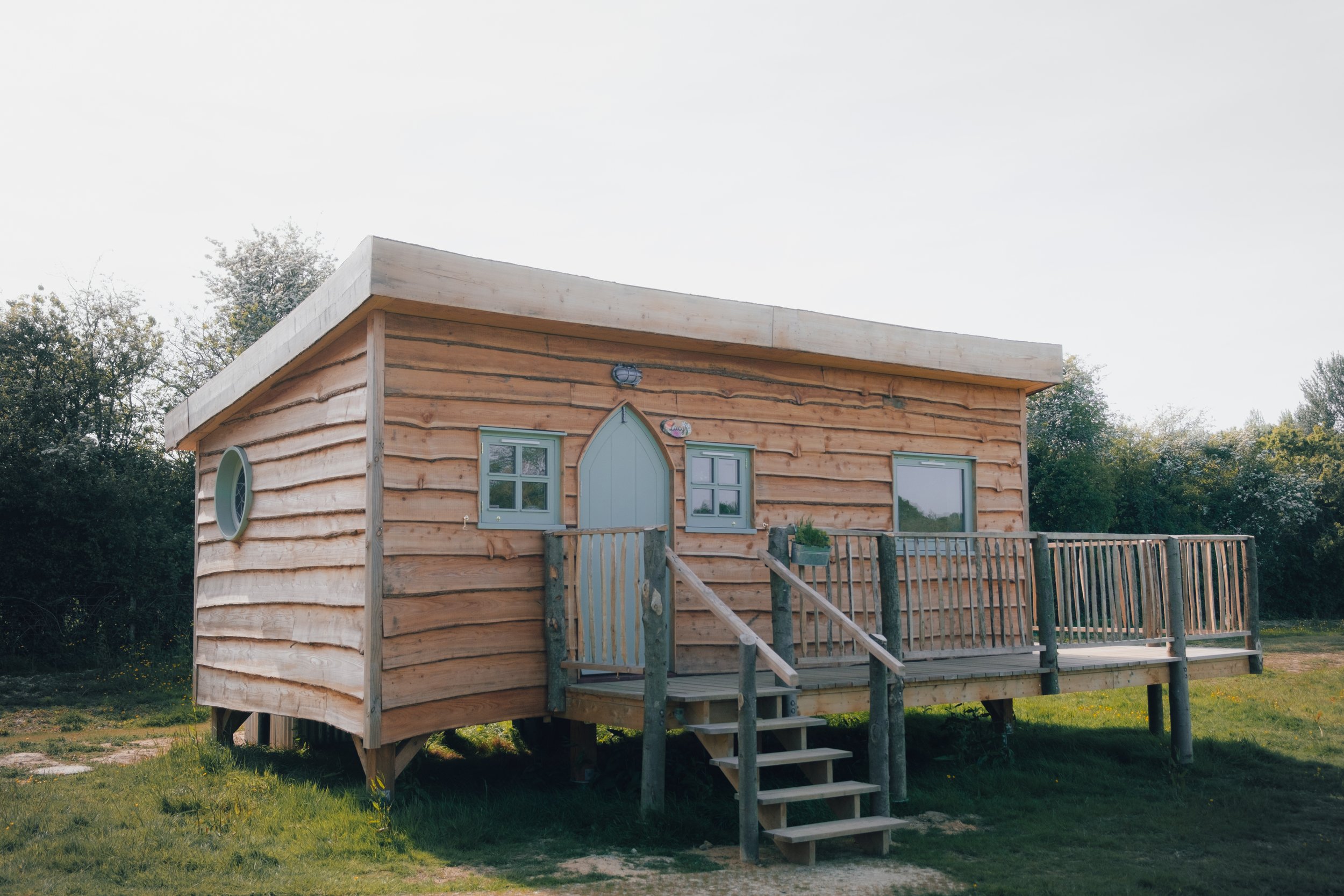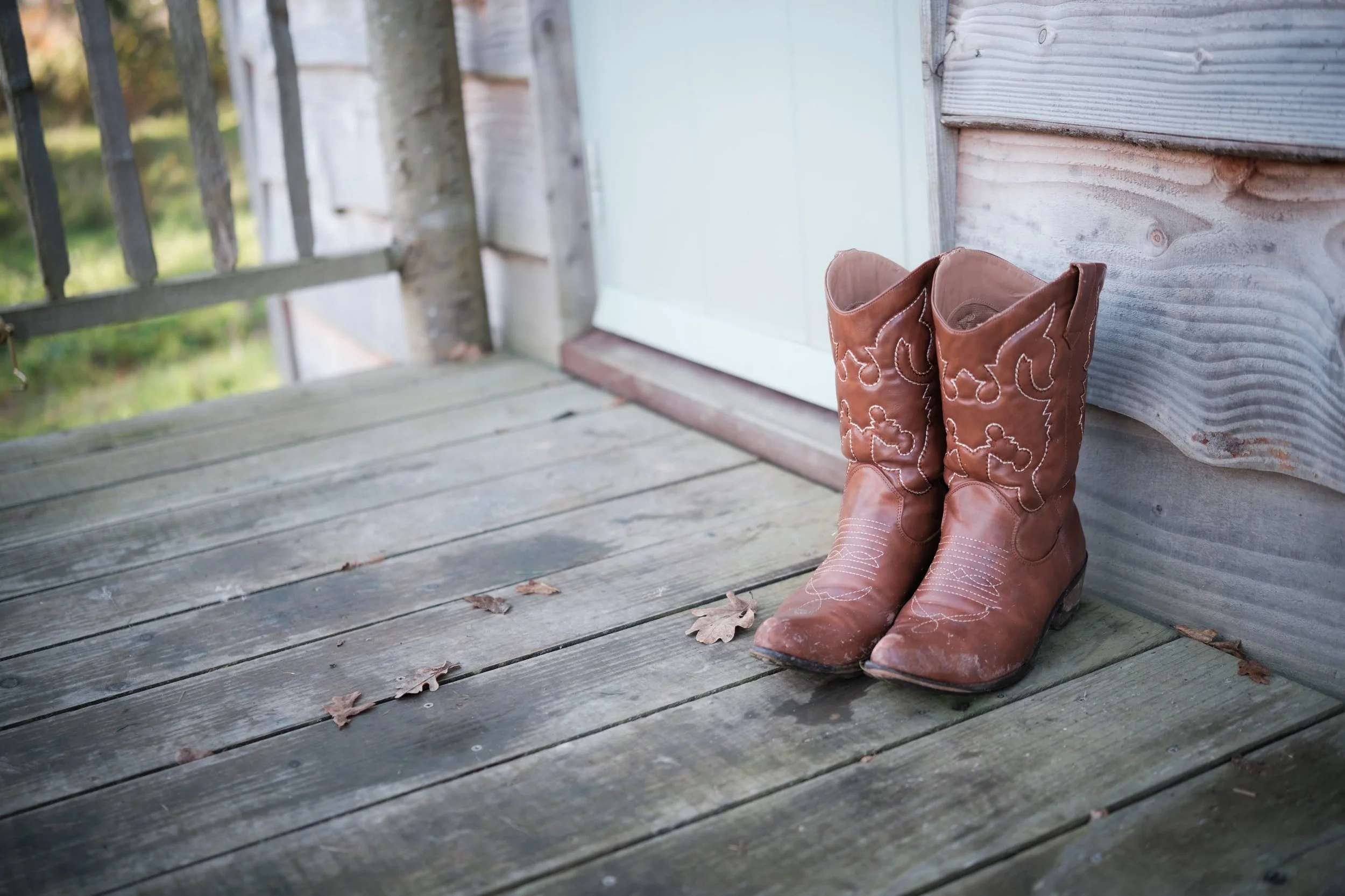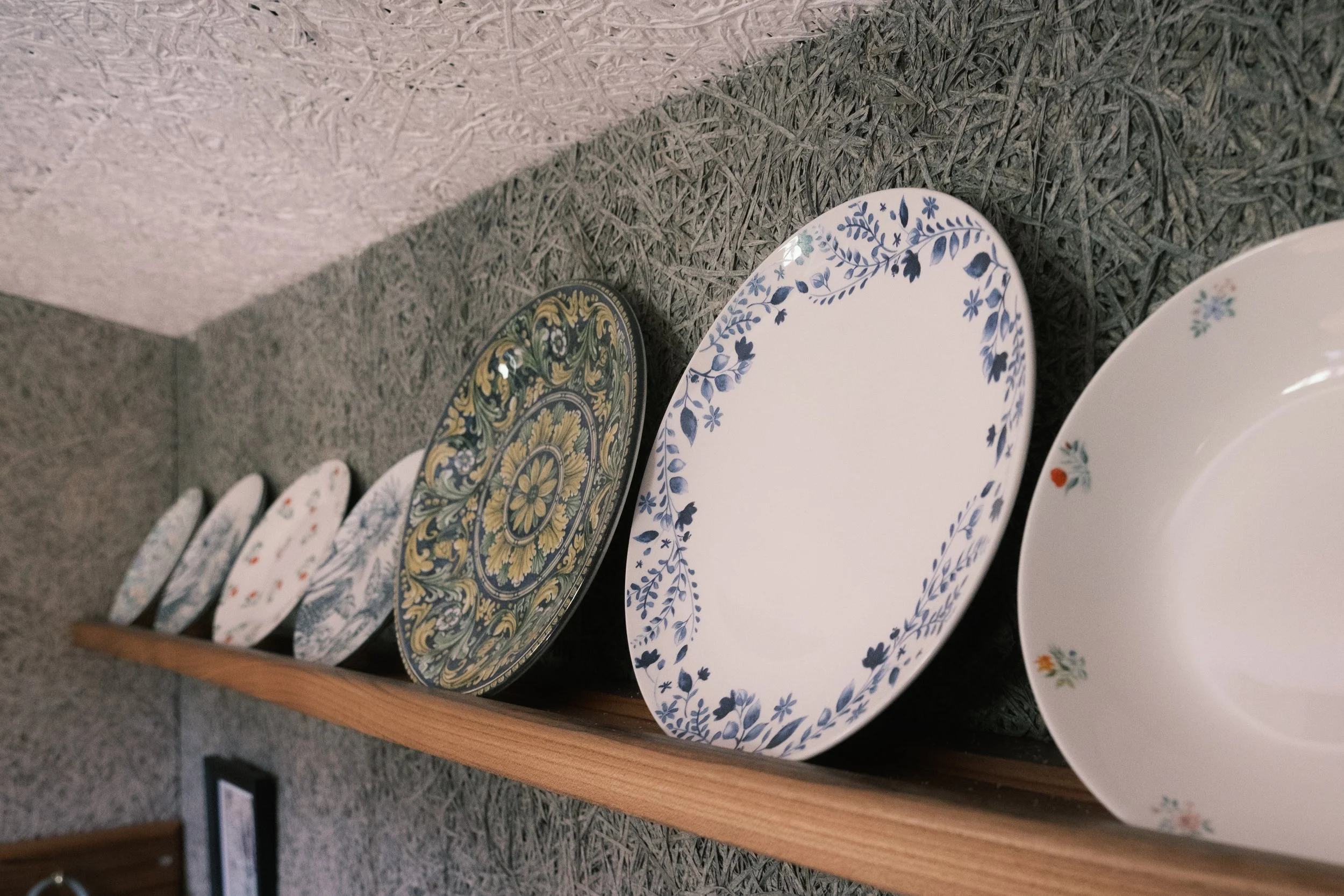
Catherine
This cabin embraces the spirit of adventure of the women travellers and botanists who lived in East Sussex in Victorian times, from Annie Brassey to Marianne North, and recorded their findings with delight in words and pictures.
The stained glass window in the bathroom, with its reaching vines and central rose etching, is an homage to these women and their thirst for knowledge and new experiences. While the vivid mural in the bedroom, by local artist Droobie, offers a contemporary take on the Victorian quest for exploration.
Travellers, gardeners, writers and wanderers will find this green retreat a calming and inviting space, sparking plenty of ideas for gorgeous homes and gardens to visit nearby.
Sleeps 2
What’s included:
Stargazing window
Fold up desks with a view
Double bed with fresh towels and linens
Luxury toiletries, by Wide Eye and Handmade by Juliette
A curated bookshelf
Wifi
Digital radio with Bluetooth
Hot shower
2 Rointe heaters and a heated towel rail
Flushing toilet
Mini oven with hob
Standard cooking equipment plus salt, pepper and oil
Fridge freezer
AeroPress coffee maker
Complimentary Bird & Wild coffee and Sussex tea
Bookshelf
Recommended Reads
A Vision of Eden by Marianne North
Unearthed by Claire Ratinon
An Almost Impossible Thing by Twigs Way
An extra special stay
We know time away is precious, and we want to help you make the most of it. We can provide lots of lovely extras including breakfast hampers, beautifully-wrapped books picked by our award-winning local bookseller and vases of our garden-grown flowers. We’re also very open to your requests - whether you’d like to book a massage with a local therapist or have the cabin decorated for a special occasion, we can help. Get in touch at hello@starcroftfarm.co.uk and we’ll start planning!
Who
was Catherine?
The Duchess of Cleveland lived at Battle Abbey during the mid 19th century and saw it transform from country estate into tourist attraction. While the Duchess didn’t much enjoy the ‘London shopkeepers’ nosing about in her flower beds, she wrote the Guide to Battle Abbey, which remains an invaluable record.
It’s doubtful she got her hands very dirty, but the Duchess was nevertheless a keen plantswoman, and loved growing fruits, particularly mulberries and pomegranates. You can now see the orchard in the walled garden at Battle Abbey recreated in her vision.
The Abbey was just one of several large estates that dominated the landscape in East Sussex during Victorian times. Others included Normanhurst in Catsfield and Ashburnham Place, which still opens its grounds to visitors.
The Duchess and her contemporaries led incredibly privileged lives, far removed from the experiences of everyday women, and yet, through their exquisite gardens and vast collections - many no doubt dubiously acquired - they must have offered ordinary folk a glimpse at other lands and ways of life.
Their grand landscapes may even have inspired some to take up horticulture as a career. Around this time, new gardening schools for women were emerging, with Kew Gardens hiring its first women gardeners, trained at one of these colleges in nearby Kent, in 1896. This was alongside a slew of women writers publishing books that made gardening more accessible, mainly to middle class women, such as Louisa Johnson and her ‘Every Lady her Own Flower Gardener’ in 1863.
































